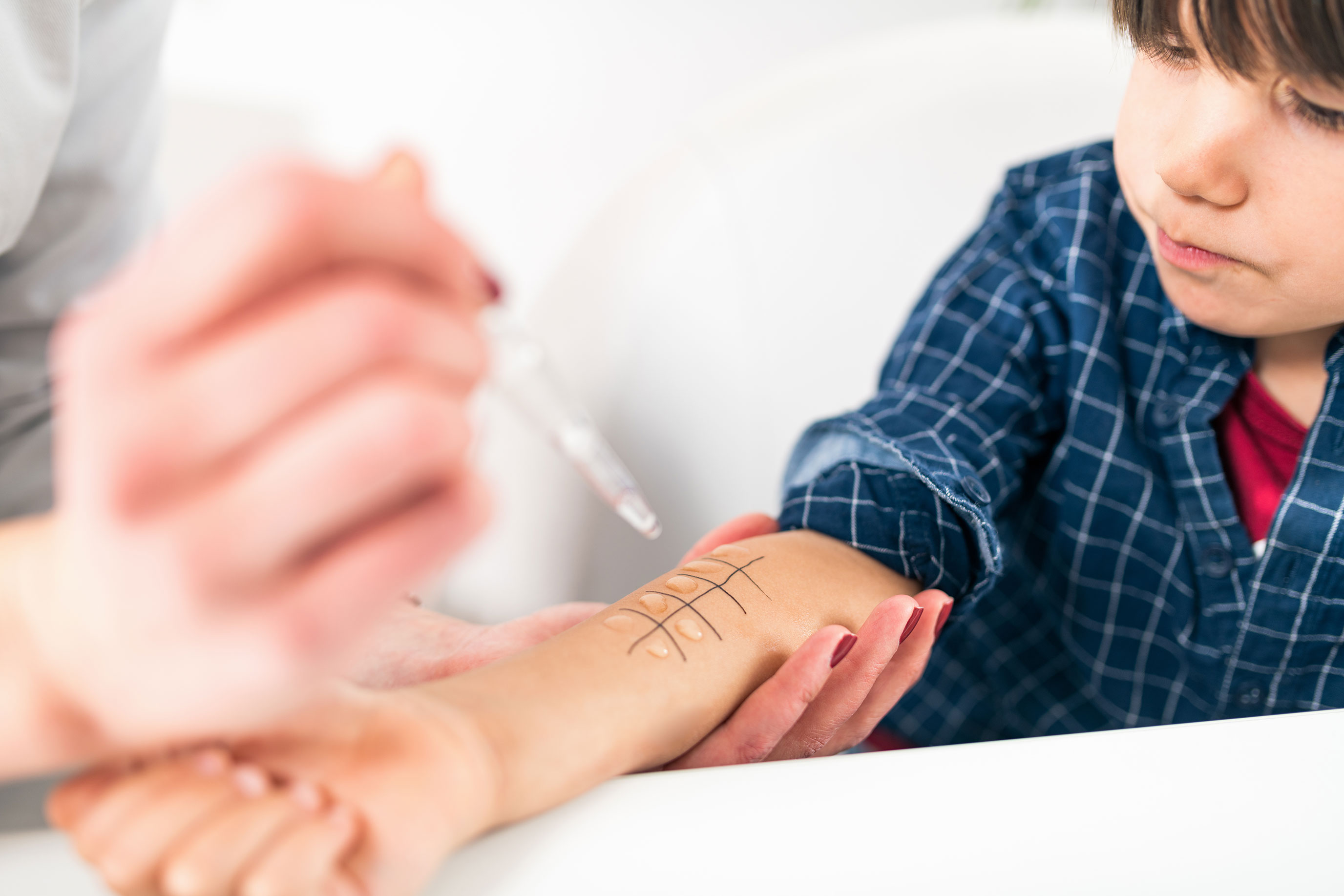Living with a child’s food allergy means constantly being on guard. You read every label, pack every meal, and carry emergency medication everywhere you go. It’s exhausting and sometimes terrifying.
At B&B Sinus and Allergy Relief Centers, we offer a safe, long-term treatment plan that gives families a new option. Our program is built around sublingual immunotherapy (SLIT), a gentle, research-based way to gradually reduce the severity of allergic reactions in children. Over time, this approach helps lower the risk of serious responses to accidental exposure so families can breathe easier.








